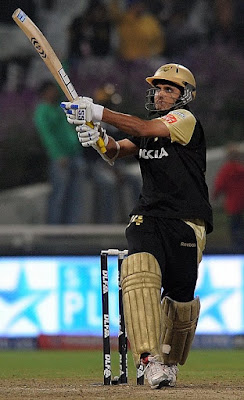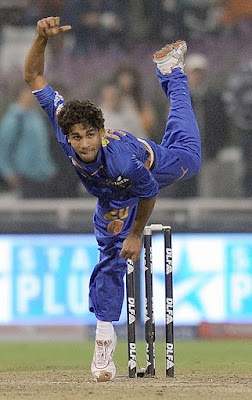In 2009, thanks to proliferation of unregulated b-schools all over India; an ordinary graduate need not be disheartened for not getting through the popular IIMs. He/she can as well do the MBA in fifty more 'going-concern' type private business schools that adorn the middle spectrum .
But will he get a job of his/her liking at the end of the course?
Looking at the recessionary trend, one is not very hopeful as yet. But for some , who can afford, it may be a good idea to be engaged with value-additive activities like professional education. Hence if you are looking at private business schools as an engagement option, you probably need to increase your level of awareness about the myths that surround private b-schools in India. .
- Myth : Private b-schools are easy to get admission to , if you have the merit. If one doesn't have the necessary means ( 7 - 10 lakhs for a 2 year course), then it is a very difficult proposition. Here , 'means' is the necessary condition, 'merit' is the sufficient one. Almost all of them demand around 10-15% of the total fees even before the actual admission. Its what they call the 'seat-reservation' fee. For sure, the amount in majority of cases is non-refundable.
- Myth : Education loans at low rates are easily available from banks. Banks , more than the students, look at the prospective placement scenario of the b-school. In 2009, nearly all the top-100 private business schools have a placement record of only 50-60% and the trend is still looking down. With such a figure, banks will be more prudent in doling out loans to all and sundry like they did 3 years back.
- Myth : Scholarships are easy to get in b-schools. That's only if one tops the batch but for the rest of the batch (which in some b-schools are in 1000s) , scholarship is a mirage that they have been chasing , if at all, right from their school days.
- Myth : Quality of Intellectual Capital in private b-schools is very high. Although ranking survey of private agencies often throw up some private schools at a higher position than even the IIMs; the truth is private b-schools have mediocre quality of publications coming most often from mediocre & confused faculty members. Some larger b-schools have effectively outsmarted the ranking system by churning out their own magazines & journals which are filled up with pages of gibberish read only by the author & cited by none.
- Myth : Examination & grading system in private b-schools are easy on the students. Just because one has paid through one's nose for the course does not imply a grade card full of As. In fact, the reality is just the opposite. Private b-schools compensate for their poor quality of intellectual capital by directing extra effort for creation of a rigid grading system. Often, grades are used as a filter during the placement season.
- Myth : High industry-academia interaction in private b-schools lead to industry-tuned course material. Even one percent of faculty are not engaged in consultancy assignments from the industry. The only interaction that happens when the b-schools spend a fortune holding a seminar in their premises debating themes with common jargon randomly placed. Seminars are like day outs. Lots of sound bytes, good food, networking , publications of proceedings and promptly forgotten the next day.
- Myth : One can pursue higher education abroad after receiving MBA degree from private b-schools. Majority of A & B grade universities in North America or Europe do not recognise the degree/diploma of most of the private Indian b-schools as the process is not certified by either Indian regulatory bodies like AICTE and/or international certification agency like the AACSB.



